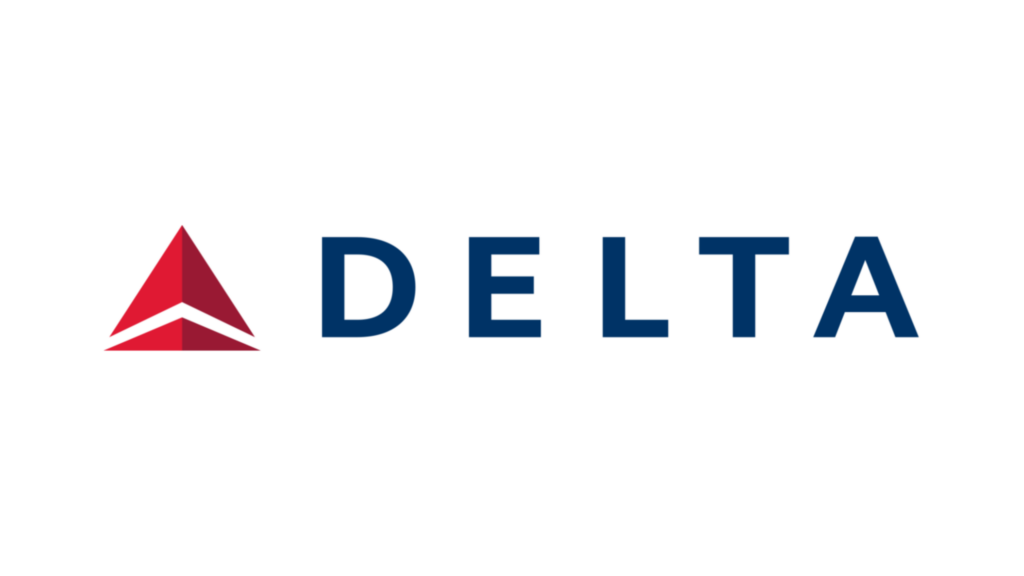A site’s technical foundation underpins its long-term success in search rankings. No matter how amazing your content is, if search engines can’t properly crawl and index your pages, that content may remain hidden from potential customers. A well-structured architecture, optimized crawl paths, and efficient indexation are the unshakable pillars of technical SEO—ensuring your website is discoverable, relevant, and user-friendly.
Reducing server errors, perfecting internal linking, and maintaining a logical hierarchy can markedly influence your pages’ rankings. With Google’s evolving algorithms and the rise of AI-driven search analysis, methodical optimization is a must.
Site Architecture
A logical, user-centric site architecture is more than a neat folder structure—it’s the way information flows through your website. This structure not only assists visitors in navigating seamlessly but also helps distribute link equity evenly across key pages, allowing search engines to quickly identify priority content. A clear hierarchy begins with your homepage leading to category-level pages and then to specific subcategories or products. Each layer should naturally link back to relevant categories, thereby avoiding orphan pages that might get overlooked by crawlers.
Internal links act as signposts, guiding search engines towards high-value or updated content. For example, linking from a flagship blog post to related supporting articles enhances contextual understanding and boosts relevancy signals. Studies have shown that websites with robust internal linking can witness up to a 40% increase in crawl frequency. Moreover, a well-organized site architecture significantly improves user experience—akin to a well-organized store with clear signage that keeps customers engaged and confident in their navigation.
Crawlability & Indexation
Even the most refined site architecture is futile if search engine bots can’t crawl your pages effectively. Crawlability refers to how accessible your site is to these bots. The robots.txt file functions as a guide, indicating which pages should be crawled and which should remain hidden. Optimizing this file ensures that important, revenue-driving pages stay in the spotlight while less relevant ones are set aside.
Indexation, on the other hand, determines whether your pages eventually appear in search results. An XML sitemap acts as your site’s table of contents, signaling to search engines which pages are critical and providing them with updated timestamps to encourage regular revisits. However, it’s important to control what gets indexed. Pages such as thank-you pages or duplicate content waste valuable crawl budget. Using “noindex” tags for such pages, along with canonical tags to handle duplicates, directs search engines to focus on your premium content.
Regular audits are essential to detect crawl errors or indexation issues early on. Monitoring coverage reports in Google Search Console can help identify URLs that are not indexed properly. Studies suggest that a significant portion of websites lose organic traffic due to unresolved crawl or indexation problems, highlighting the critical nature of ongoing technical oversight.
Technical SEO Tools & Best Practices
Building and maintaining a solid technical framework requires a combination of standard best practices and specialized tools. Google Search Console is indispensable for understanding how Google views your site, spotlighting indexing hiccups, coverage issues, and mobile usability challenges before they escalate. Additionally, tools like Screaming Frog or DeepCrawl simulate how bots navigate your website, uncovering redirect chains, broken links, and missing metadata on a large scale.
For performance metrics, Google’s PageSpeed Insights is crucial for identifying areas that can be optimized—such as image compression, lazy loading, and code minification—to enhance page load times. Moreover, using structured data testers like Google’s Rich Results Test can verify that your schema markup is implemented correctly, ensuring your pages display rich snippets that boost click-through rates and credibility.
These tools help transform technical SEO from a daunting challenge into a continuous cycle of improvement, identifying issues early and ensuring your site remains in prime fighting shape on search engine results pages.
Common Pitfalls & Troubleshooting
Even with a solid plan and the right tools, technical challenges can still arise. A frequent issue is broken links and redirect chains; these not only frustrate users but also lead search engine crawlers on unproductive loops. Regular link audits are essential to ensure all URLs serve a purpose and direct visitors to relevant pages.
Another common problem is index bloat, often caused by duplicate or thin content. Managing repeated product descriptions, pagination, or outdated blog posts is critical—use canonical tags to indicate the preferred version of a page, or “noindex” for those that don’t add value. Site speed, too, is a recurrent issue: pages that load slowly can experience significantly higher bounce rates. Reducing heavy scripts, leveraging browser caching, and adopting next-gen image formats like WebP can alleviate these problems.
Mobile-first indexing further stresses the importance of a responsive design. A mobile site that is unresponsive or lacking in critical content can adversely affect your overall rankings. Regular technical audits—ideally quarterly—are the best defense against these pitfalls.
Conclusion
A robust technical SEO foundation is like adrenaline for your entire search strategy—accelerating crawl rates, enhancing indexation, and directing valuable traffic to your most important pages. Every element, from a well-organized site architecture to meticulous robots.txt configurations and continuous performance monitoring, plays a vital role. Technical SEO isn’t a “set and forget” proposition; it demands ongoing fine-tuning as algorithms evolve and user expectations rise. Regular audits and updates ensure your site remains at the forefront of search visibility, ultimately translating to measurable growth in organic traffic, brand recognition, and revenue.
Results. No Fluff. Just Growth.
When you’re ready to turbocharge your SEO results, we’re here to help. Reach out to SuperMassive at [email protected], or visit us online to talk strategy.
FAQ
Why is site speed critical for technical SEO?
Site speed impacts user satisfaction and crawl efficiency. A faster site allows search engines to crawl more pages within your allocated “crawl budget,” thereby enhancing user engagement.
How often should I run a technical SEO audit?
Plan quarterly audits to identify issues like broken links, duplicate content, or structural shifts. An immediate audit is essential following any major site updates.
What’s the impact of mobile-friendliness on SEO?
With Google’s mobile-first indexing, the mobile version of your site largely determines its search performance. A clunky or unresponsive mobile design can lead to poor rankings and diminished conversions.For a deeper dive into technical SEO best practices, consult Google’s SEO Starter Guide.




